For more than 15 years there has been talk about the need to reduce volatile organic compounds (VOC). One of these compounds is formaldehyde, a dangerous substance for the body when in high concentrations, but one that is quite present in our daily lives. We find it in new furniture, room fresheners, disinfectants, adhesives, paints, cigarette smoke. To avoid dangerous concentrations, solutions have been continually sought to reduce emissions or even eliminate formaldehyde from indoor spaces. Saint-Gobain Group, a world leader in housing and building materials, the initiator of the concept Multi Comfort, could not remain indifferent to this issue. So after extensive research and laboratory testing by prestigious independent institutions, it was able to offer the market a revolutionary building material that removes formaldehyde from indoor air. Rigips®Activ'Air® is a gypsum board with an additivated core that captures, retains and neutralises formaldehyde, helping to improve the air quality at home, at work and in the other buildings we spend time in.

Why formaldehyde emissions scare us
Because prolonged exposure leads to irritation of the skin of the face and arms, dermatitis, migraines or conjunctivitis. Because we know that it is a volatile organic compound that can enter our homes from new furniture or other products, harmless at first glance. But what scares us most is that it is very present in our lives. Those who have been curious enough to look up information about formaldehyde have found that it is used in the manufacture of disinfectants, adhesives, paints, textiles or insulation foams. We find it in perfumes or air fresheners, in natural products such as wood (in very small quantities), cigarette smoke or bee venom.
The problem we need to worry about is not its presence in different materials but the possibility of formaldehyde accumulating in the air in enclosed spaces and exceeding a limit above which our body starts to react - headaches, eye irritation, vomiting. This is why European and global decision-makers have set emission limits for products containing formaldehyde so that dangerous accumulations can hardly be reached.
Wood-based panels - chipboard, MDF, OSB - sources of free formaldehyde
When discussing sources of free formaldehyde we often hear mention of new furniture, especially those made of chipboard or MDF. Why? Because wood-based panels are glued with formaldehyde-containing adhesives (ureo-formaldehyde, melamine-formaldehyde). Some of the formaldehyde does not react during the manufacturing process and remains inside the panels, but when the opportunity arises, it comes out. Emission through the faces of the panels is very low due to the paraffins blocking the entry of water or the melamine (the foils with which they are clad). The opportunity arises when panels are cut for furniture or other uses. Through those newly created surfaces, without paraffin or melamine, free formaldehyde can easily escape. Those in the room will smell a pungent odour, often associated with the smell of new furniture (because the emission decreases over time).
In order not to exceed the limit above which it becomes dangerous, formaldehyde emissions have been standardised. There are European standards, which we also work to, but there are also standards from other countries or companies (IKEA, for example). The standards impose maximum emission levels on manufacturers for the panels they produce, and also set classification classes (E0, E0.5, E1 or E2). In 2010, the World Health Organisation (WHO) considered 0.1 ppm (parts per million) of formaldehyde emissions, corresponding to class E1, to be the maximum safe level of formaldehyde emissions. Less than this is fine (E0, E0.5), more is not (E2). More information on formaldehyde can be found at here.
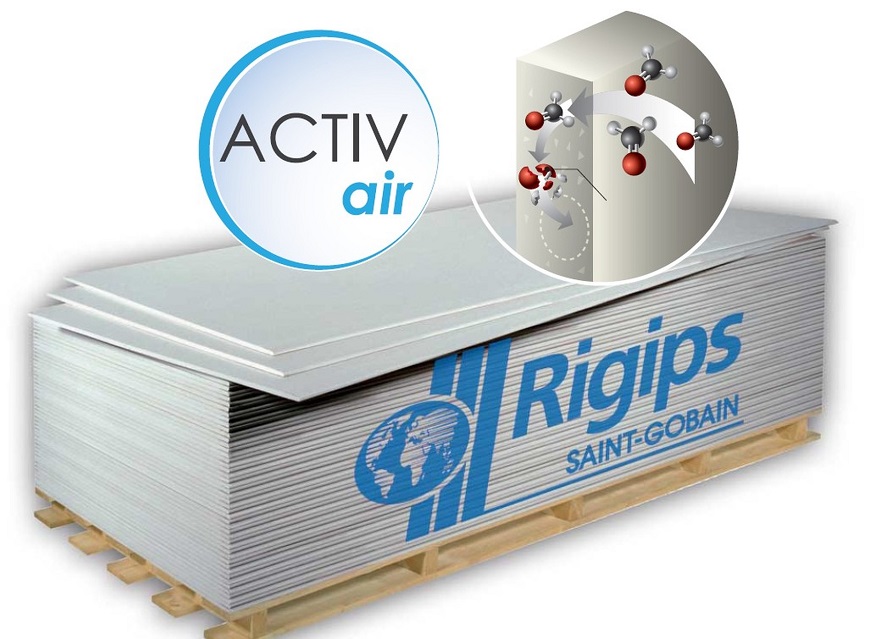
How Rigips® Activ'Air® works
The appearance of Rigips® Activ'Air was a natural consequence of spending a good part of our lives in enclosed spaces. Whether we're at work, school or home, we're in an enclosure and need to breathe the air inside. Some experts say that we spend about 90% of our time indoors, or 22 hours in a day, and during that time we breathe about 10,000 litres of air. The quality of this air affects us and after a while, if there are accumulations of dangerous substances, headaches, nausea, eye irritation, allergies can develop. And the most vulnerable, children and the elderly, are also most affected. Air quality can be significantly improved if the right materials are used from the construction phase.
Rigips® Activ'Air is a gypsum plasterboard with a white additive plaster core and a strong cardboard sheath. The gypsum core is so constructed that it captures, retains and neutralises formaldehyde in the interior space, thus purifying the air. It is a revolutionary technology for which Saint-Gobain holds an international patent. The effectiveness of formaldehyde retention has been tested and proven by independent institutes such as ECO Institutein Cologne or the Laboratory Group EUROFINS from Denmark. Tests carried out by these institutions have shown that using 1 m² of Rigips® Activ'Air® board for every 1 m³ of interior volume for wall cladding reduces the level of formaldehyde in indoor air by up to 70%. Making a simple calculation for a 4×4 m² living room or bedroom with a height of 2.5 m, the volume of the enclosure will be 40 m³. To reduce formaldehyde by up to 70%, a minimum of 40 m² of Rigips® Activ'Air® will be needed. If the walls and ceiling are clad, excluding door and windows, this results in approximately 50 m².
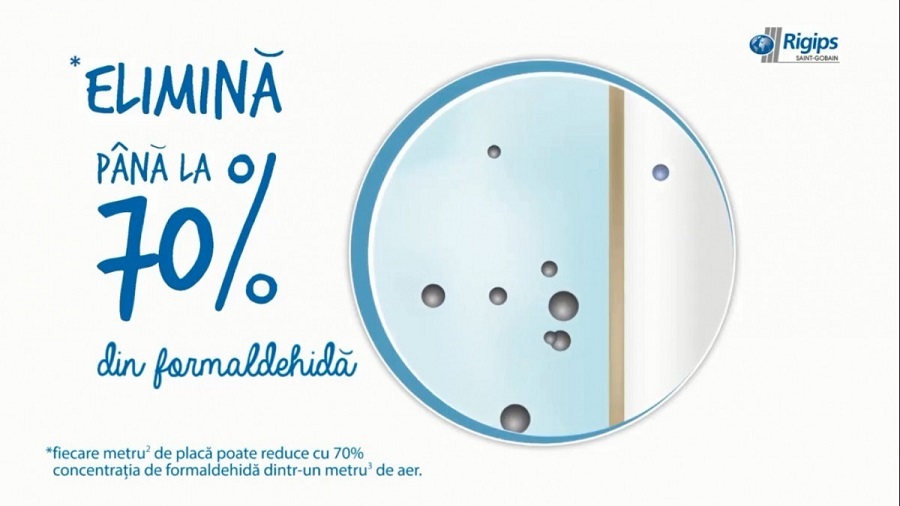
Tests have also been carried out on plasterboard covered with various finishes - paper or fibreglass wallpaper, mineral paint, acrylic paint - and the effectiveness of the technology has been demonstrated for all of them. The board has a long life span of 50 years, so there is no question that at some point it will no longer be able to retain the mould emitted by new furniture. However, in order for cladding to be effective, the ratio of 1 m² of board to 1 m³ of enclosure must always be respected.
Rigips® Activ'Air® sheets can be used for partitioning, cladding OSB walls (in the case of timber-framed houses), brick or concrete walls, as well as for cladding ceilings. It is recommended for use inside houses (houses or apartments) or in schools, kindergartens, health and education buildings in general. They can be used both in the construction of new houses and in the renovation of old ones. They are used only for interiors, are easy to fit and finish without problems, being white.
I hope you find the information useful. If you would like to know more about formaldehyde emissions - determination methods, standards, emission limits - or Rigips® Activ'Air® panels, please leave your questions below in the dedicated space. I will certainly answer you.
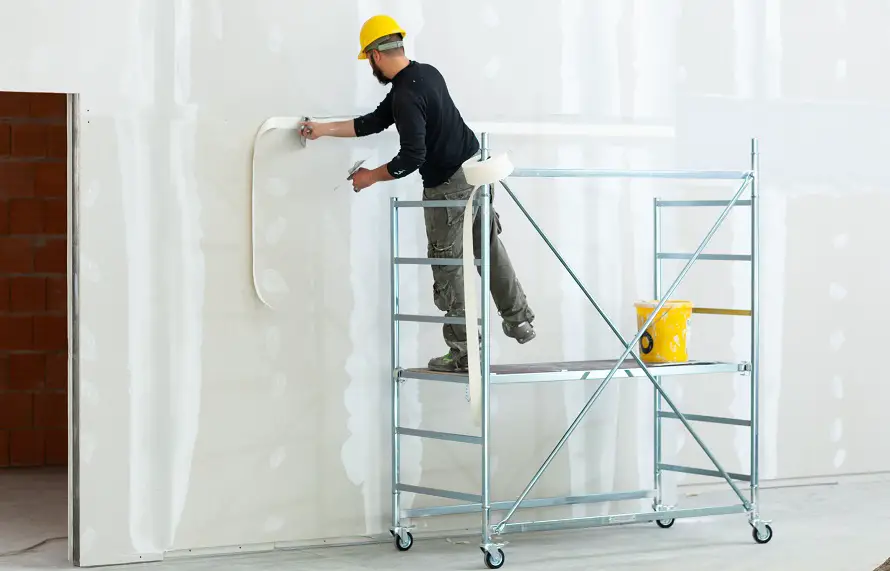




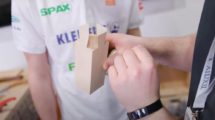



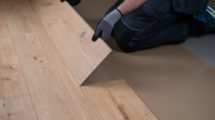





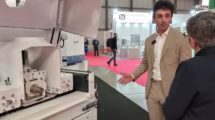

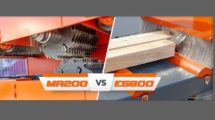

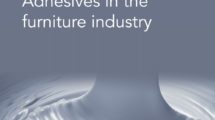
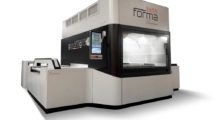
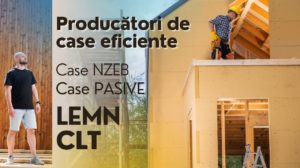
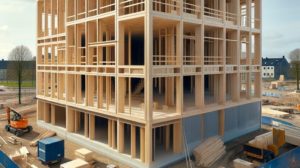

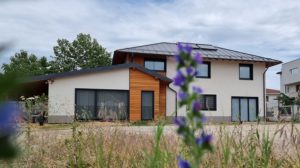
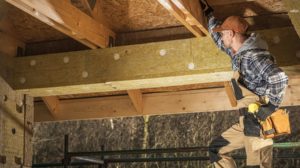

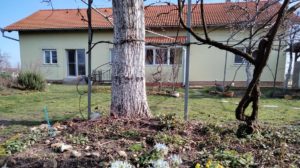
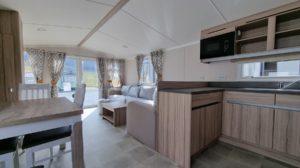
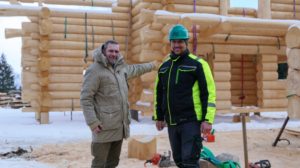

Add comment